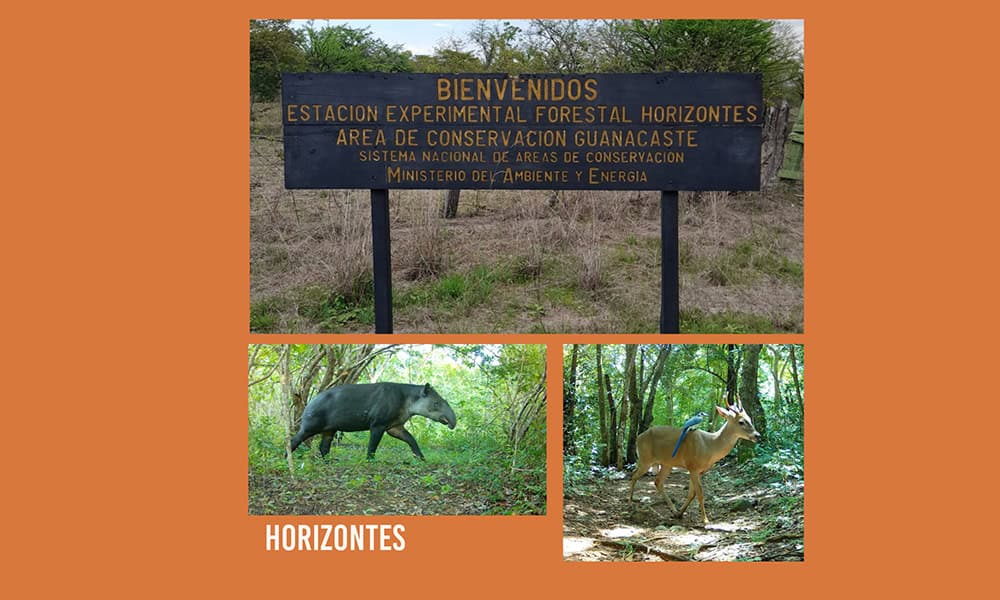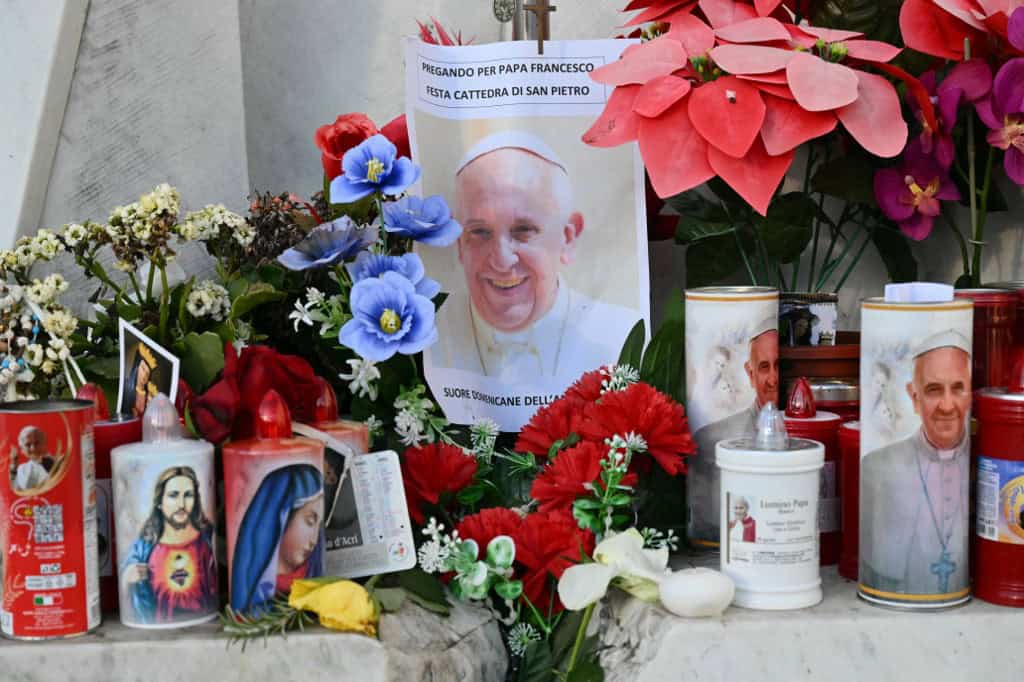QCOSTARICA — The recent water supply crisis in the Greater Metropolitan Area (GAM) can be chalked up to the Acueductos y Alcantarillados (AyA) – water and sewer utility – not investing in infrastructure, leading to issues such as aging pipes with significant leaks, insufficient seasonal reservoirs and tanks, and challenges in storage and distribution.
AyA’s own executive president, Juan Manuel Quesada, declared that they have to operate the system “with a neglected infrastructure,” because the institution has not been able to plan and execute the works to guarantee the supply of water to the people.
A study carried out by national and international researchers also showed that, although the country can be considered rich in water resources, the majority of conflicts over water are generated by infrastructure problems.
– Advertisement –
Contamination and constant shortages
On January 22, the contamination of the water that supplied 107,000 users in the cantons of Moravia, Tibás, and Guadalupe began. It is not yet known who was responsible for pouring the xylene into the water.
The source of contamination was located in Quebrada Honda 2 (AyA surface water intake) in San Jerónimo de Moravia.
On the weekend of February 3 and 4, the residents of Hatillo, 15 de Septiembre and Sagrada Familia began to lack water. Residents were without water for more than 12 hours, A recurring scenario that has occurred annually for the past 15 years at least. Even in previous years, residents have gone between three and five days without a drop of water, which is why they have had to file appeals for protection.
Fed up with the lack of a definitive solution, the residents took to the streets to block the Circunvalacion with acts of peaceful protest for several days, until March 18, when the administration of Rodrigo Chaves ordered the Fuerza Publica (National Police) to arrest nine protesters.
During March and so far in April, various sectors of the GAM have faced constant water suspensions, either through programmed water cuts or due to major leaks in the old pipes, or the announcing it necessary “to transfer flow to areas with greater impact.”
Many residents in lower income areas such as Hatillo, 15 de Septiembre, and Sagrada Familia often express frustration that wealthier neighborhoods consistently have access to water while shortages are a frequent issue in their communities.
– Advertisement –
The solution to the crisis is urgent. In the Hatillos, the Movimiento del Sur por el Agua (Southern Movement for Water), made up of several neighborhood committees and the Hatillo Health Board, asked President Rodrigo Chaves and the AyA leader to consider declaring a Water Emergency in Hatillo and other communities, and that works financed through the loan from the Central American Bank for Economic Integration (CABEI) be prioritized; and that they suspend all new granting of water connections in the areas directly supplied by the “Tanques Sur” (south tanks) until this crisis, which most affects low-income people, is resolved.
In addition, they also asked the Prosecutor’s Office (Ministerio Publico) for an explanation about what happened on March 18 and to drop the charges against “the residents who were detained in the peaceful movement,” says the document accompanied by almost 1,000 signatures, sent on March 22.
More than 60,000 people live in the 4.2 square kilometers known as Hatillo, one of the most densely populated districts of the GAM. Likewise, it has a high percentage of vulnerable people, which includes seniors living alone or with caregivers; as well as educational centers.
– Advertisement –

“A problem of infrastructure and not water”
Juan Manuel Quesada, who took over as executive president of AyA on February 1, amid the crisis over water contaminated with xylene, highlighted the large investment gap that AyA should have made many years ago.
According to Quesada, AyA is an institution that has had resources “to do things well” that now that “it can’t execute 50% of what was budgeted.”
A review of the AyA investment evaluations of the last seven years carried out by SemanaioUniversida.com, the Universidad de Costa Rica (UCR) online news, that budget execution in infrastructure investment from 2017 to 2023 has been on average 48.8% annually
Quesada reported that they have established an “investment acceleration plan,” which has allowed the incorporation of wells that inject more water into the systems. However, he clarified that the existing gap in infrastructure does not allow the entire system to be renewed immediately.
Currently, AyA has US$500 million in CABEI loans to be executed, along with its own resources
However, the projects that are required would mean investments of US$2 billion dollars that AyA does not have, according to Quesada.
Ricardo Sánchez Murillo, who participated in the study, told Semanario Universidad that the number of conflicts for a country that has so much water, “is really shameful.” Sánchez explained that the water infrastructure problem is old pipelines, which have large leaks, and in many cases, it is not even known where, as well as in the absence of seasonal reservoirs.
Sánchez, a hydrologist-chemist, specialist in environmental tracers and hydrology and associate professor at the University of Texas-Arlington, United States, maintains that in the country we have an infrastructure problem and not a water problem; However, he emphasized the need to protect the recharge areas of the Barva aquifer, one of the main aquifers that supplies drinking water to the Central Valley
“We have a big problem of storage, distribution, loss and reuse. It is not a problem of water quantity,” he stated.
“Any other country with better technology and infrastructure would like 3,000 mm of annual rainfall on average throughout the country,” said Sánchez. The national weather srvice the Instituto Meteorológico Nacional (IMN), estimates that in Heredia 2,500 mm of rain falls per year in normal periods, and in the Barva area between 4,000 and 5,000 mm. Some springs even overflow; That is, they have such good production that the water overflows because the tank they built has no more capacity, and that water is released.
“Costa Rica is a country that sees it rain and sees the water run off through the cities, contaminated, and goes to the ocean and we need all that water, because we have greatly reduced the recharge capacity of the aquifer in the metropolitan area. What is recharged is in the mountains, because in the middle and lower part everything is waterproofed, water cannot infiltrate,” said Sánchez.
Article translated and adapted from SemanarioUniversidad.com. Read the original in Spanish here.
– Advertisement –
Source link
Rico


